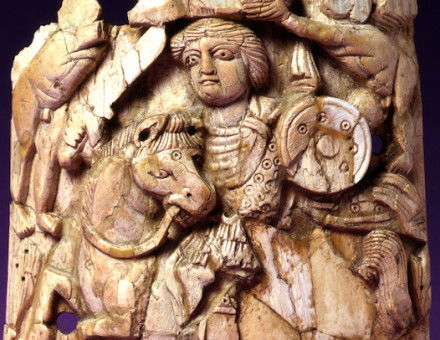Liverpool: World City
On the city’s 800th anniversary in 2007, and the bicentenary of the abolition of the slave trade, John Belchem examines Liverpool’s cosmopolitan profile and cultural pretensions.
Unlike the dwellers in most English towns, all of us in Liverpool are, to a great extent, citizens of the world, for everything around us tells us of far-off countries and foreign ways, and in our midst are constantly natives of so many distant lands that we insensibly imbibe and learn to practice [sic] peculiarities not British.
Cosmopolitanism of this order, expressed in the Liverpool Critic in 1877, was a much vaunted component of Liverpool’s character and culture in its Victorian glory days. Hailed as ‘the New York of Europe, a world city rather than merely British provincial’, Liverpool of the 1880s stood proudly above the ‘Coketown’ monoculture of adjacent textile and industrial towns. As well as large numbers of migrants (Irish, Scottish, Welsh and Manx) from around the ‘inland’ Irish Sea, which was described as Liverpool’s private Celtic empire, the great seaport attracted an ‘abnormally mixed’ population (to use Edwardian terminology) from the oceans beyond. By no means provincial, it was the great ‘second city of empire’, the commercial and human entrepôt linking the old world to the new.





